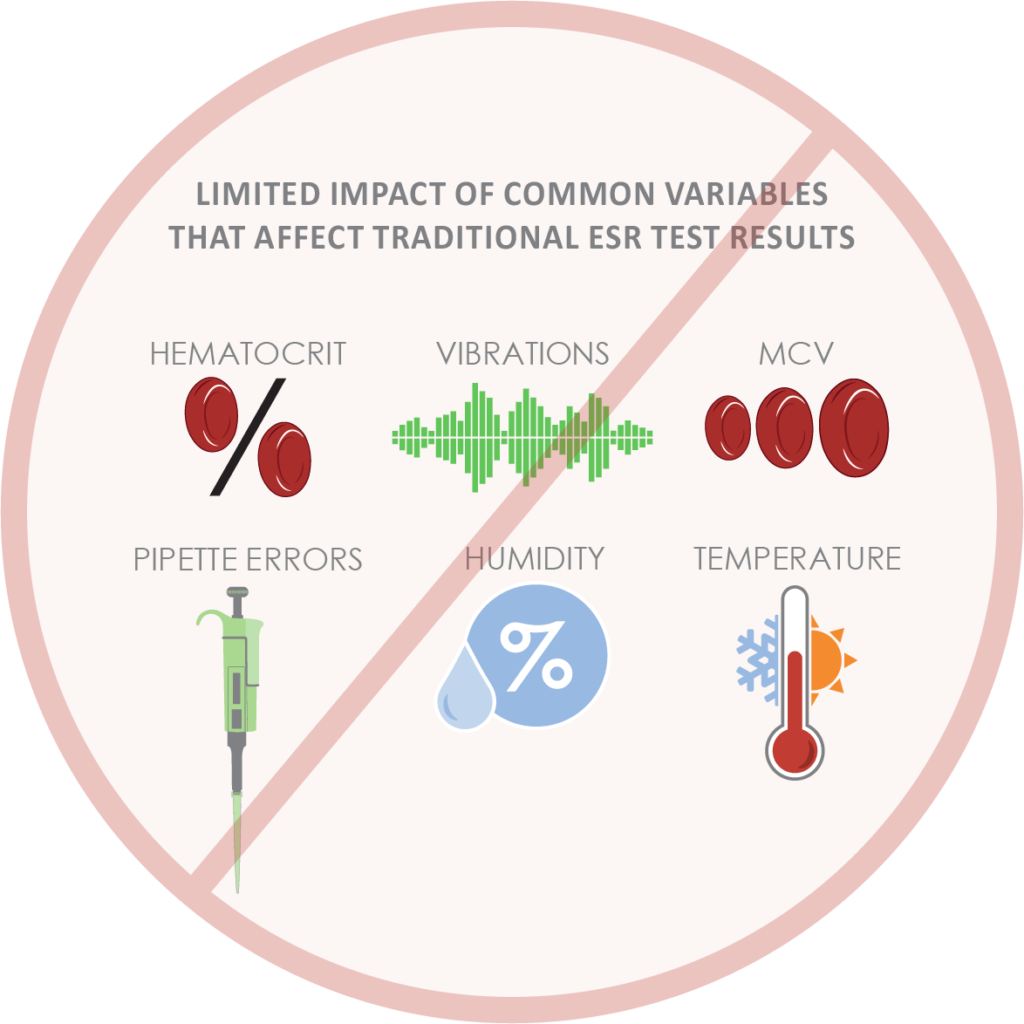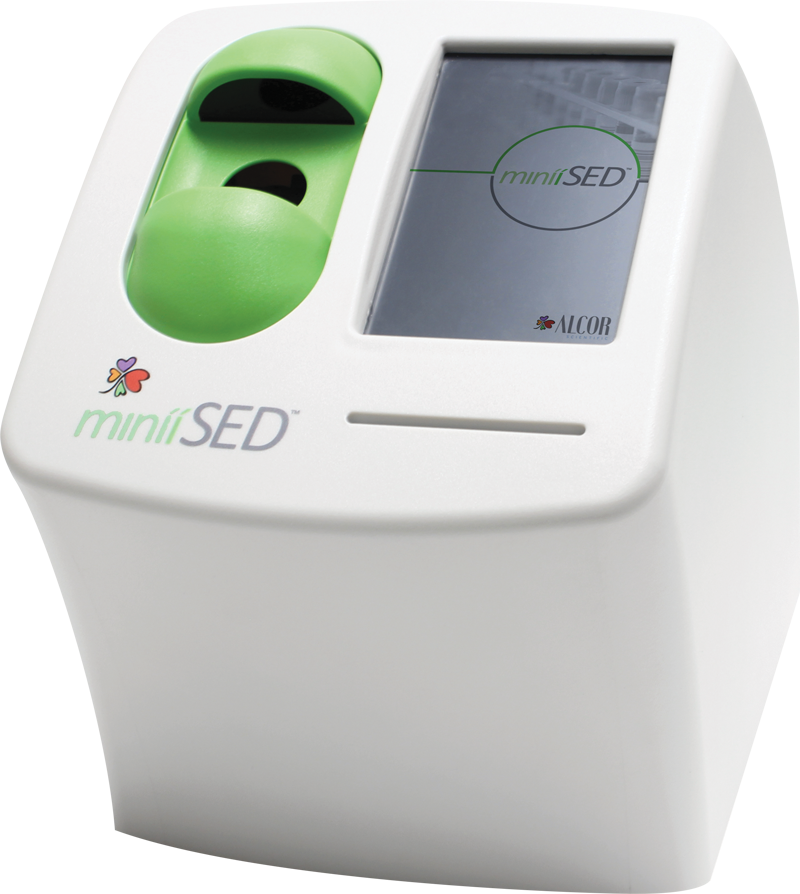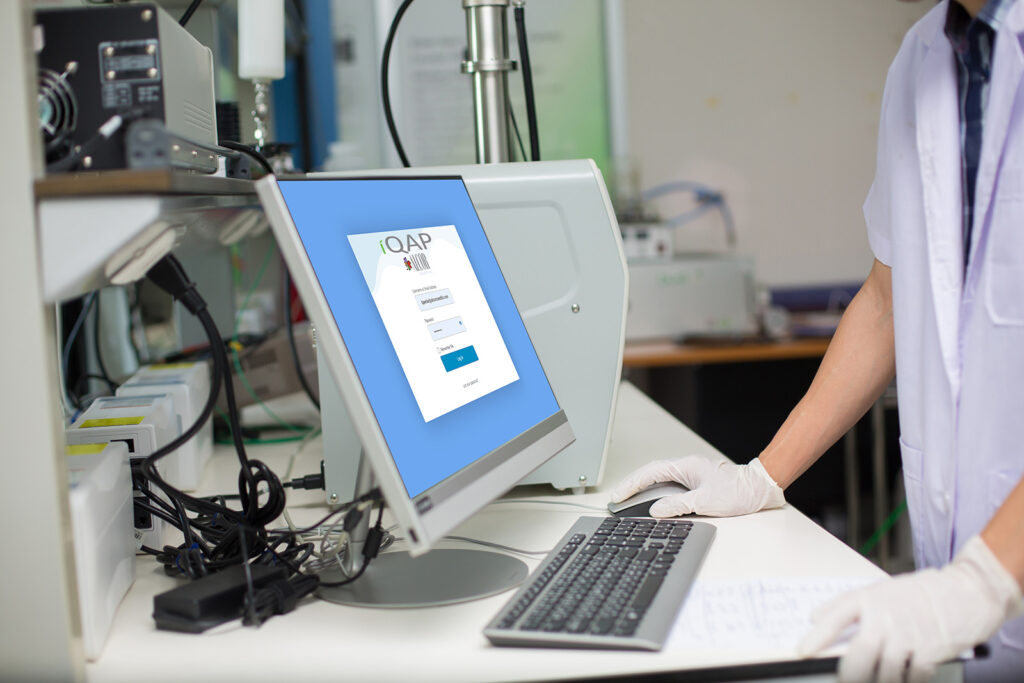
Challenging Times in the Laboratory Call for Simple Solutions
Erythrocyte Sedimentation Rate (ESR) is a common laboratory test used to help determine if a patient has a condition that causes inflammation or help monitor patients with known inflammatory conditions. Traditional ESR testing is done using a technique called the Westergren method. More modern ESR tests can shorten the time to result but still require significant hands-on time. iSED® analyzers utilize capillary photometry and help optimize laboratory efficiency by providing a result within 20 seconds with minimal hands-on time.






